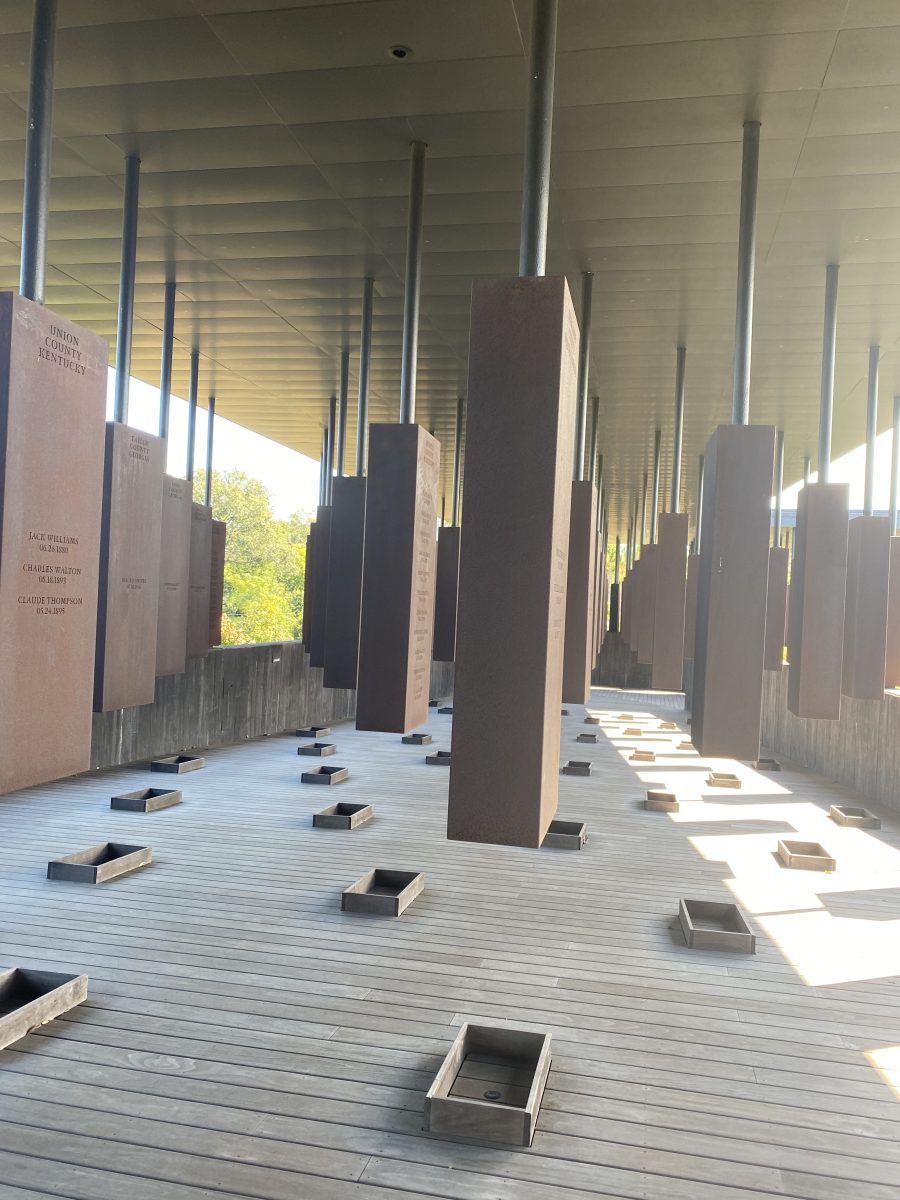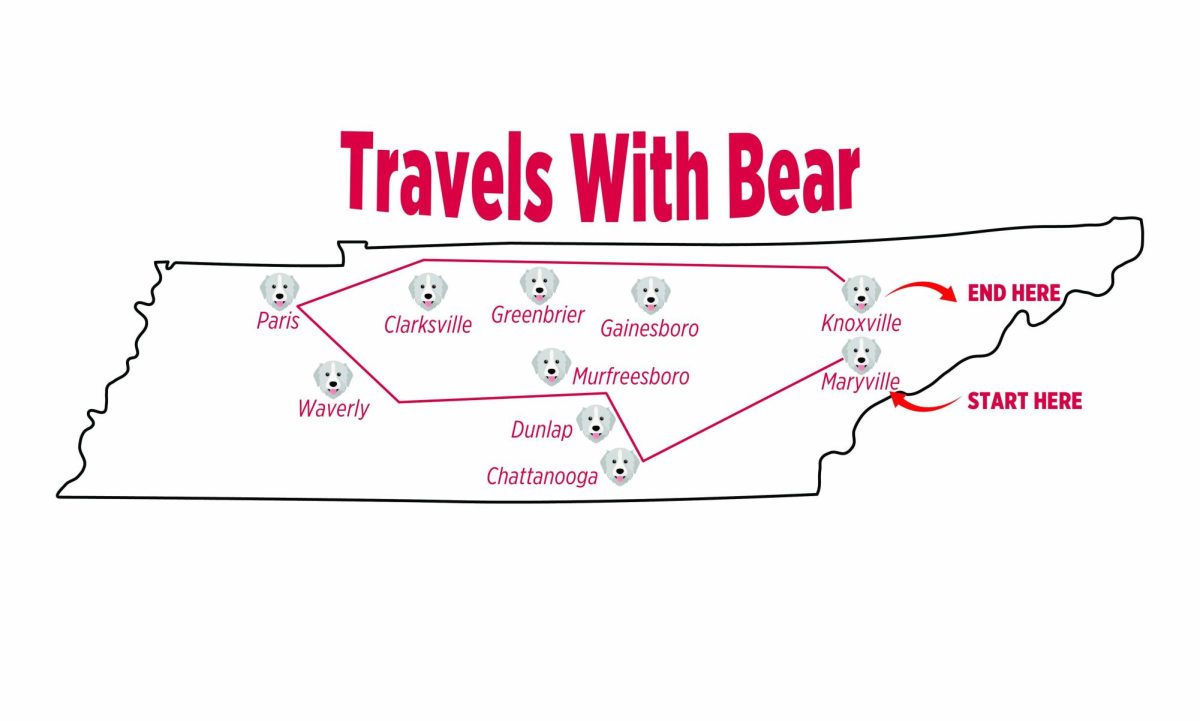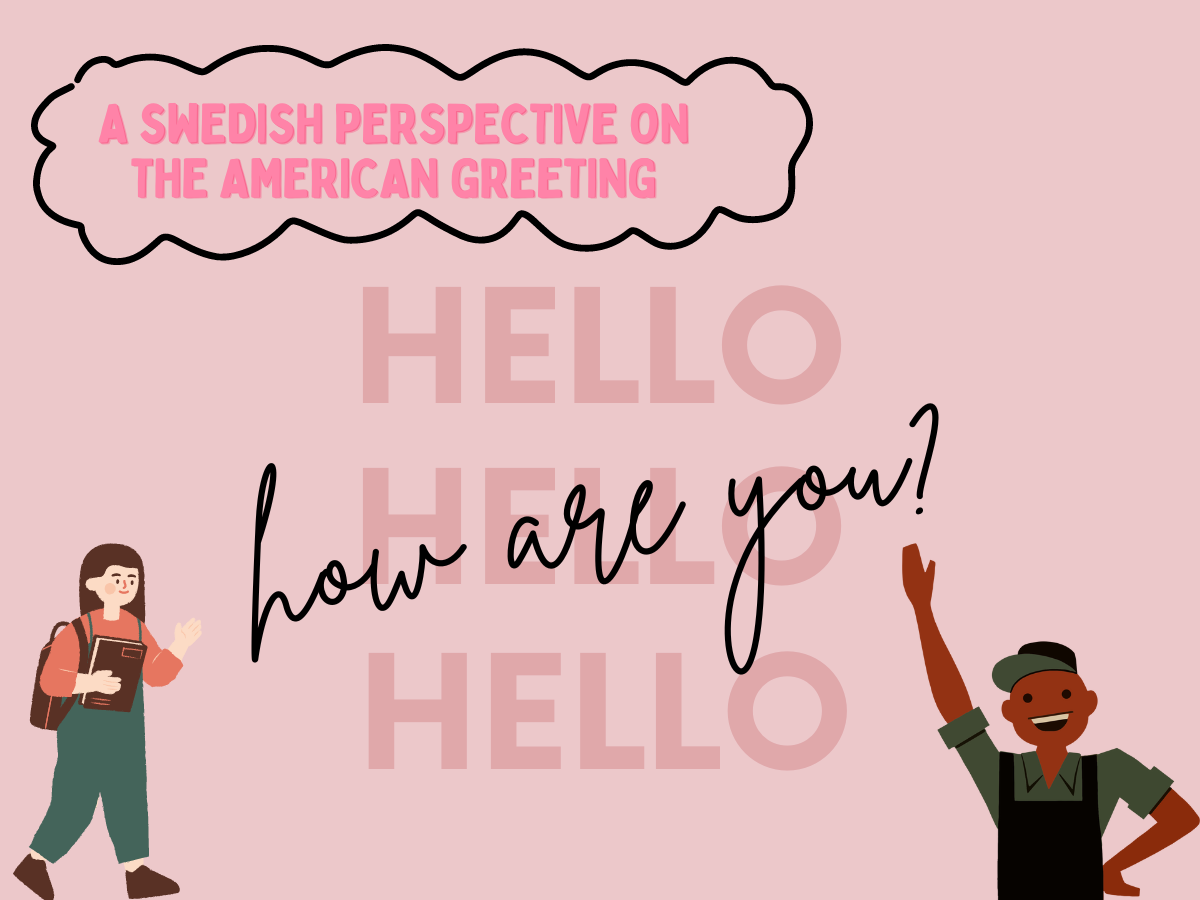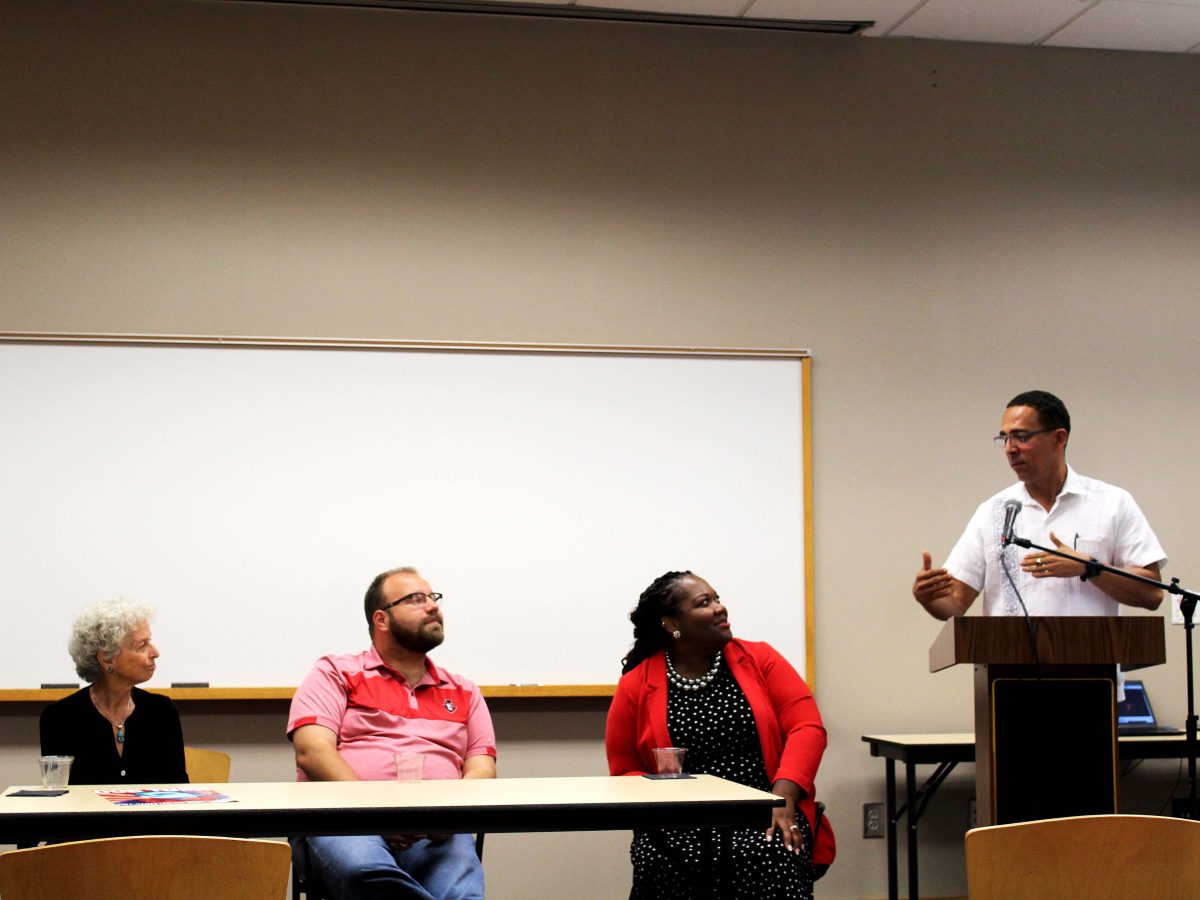National Lynching Memorial, Montgomery AL. Chalise Miller
January 7 marked the 100 year anniversary of the Rosewood Massacre that occurred in Rosewood Florida, 1923.
Rosewood was a small successful town where African-American men, women, and children flourished, creating their own schools, churches, and businesses.
However, January 1 was the day the Black Dreamland would turn into one of the bloodiest massacres America would ever see.
The massacre began because a white woman named Fannie Taylor, stated that she was raped by a Black man.
Despite the statements being ‘odd,’ the white town members rallied up, forming lynch mobs that would then terrorize the Rosewood community.
Gang raping black women, murdering black children, black women, and black men dumping their bodies in mass ditches. The event would cause the survivors to flee from the burning town; leaving everything, including life as they knew it behind.
If a poll was taken today, guarantee that half of Austin Peay State University’s students would say they were born and raised in Memphis. I can recall even hearing someone state, “If you want to be honest, Memphis runs this school.”
If another poll was taken today, guarantee that half of Austin Peay State University’s students would say they are affiliated with the military.
Dependents like myself, veterans, active duty soldiers, spouses, JROTC are all apart of the Austin Peay community.
However, what most people do not know is that in 1866 the Memphis Massacre would be one of the bloodiest and disastrous riots that would eventually impact the Radical Republicans to push congress to implement the 14th Amendment in the U.S. Constitution.
Due to free enslaved people escaping to Memphis where the union soldiers were placed, tensions between the Whites, Irish, and Black people were rising. Especially since Black Union soldiers were sent to patrol the city causing an uproar in the community.
However, May 1, a White-Irish policeman attempted to arrest a Black veteran, but due to the policeman’s violent arresting style, the community stood behind the veteran and fought the policemen off.
That same day, white clerks, white store owners, white laborers, white police officers, and Irish immigrants would enter the black community. Hundreds rallied up against the minority. They stormed the community only to target Black school teachers, Black soldiers and their families, and anyone or anything affiliated with the word Black or African-American.
46 African-Americans were killed, over 75 black people were injured, and five Black women were raped. Over 100 black people were robbed, 91 homes, eight schools and four churches were burned to the ground.
This riot boils down to White-Americans and Irish immigrants not willing to share the same rights as they have with African-Americans. All African-Americans were looking for was a place to live in a safe environment, but there was no federal law in place that gave them citizenship rights or guaranteed them some kind of protection.
Many would flee north possibly through Clarksville, TN, while the Freedmen’s Bureau would lose money and land.
Black soldiers were probably hit the worst, losing their pensions despite serving. In today’s society, especially in Clarksville, so many veterans remain hungry and homeless due to the loss of pension and benefit.
Students at Austin Peay share their thoughts on this event.
“I never knew anything about this riot. If I am being completely honest, there is zero racial tension in Memphis, at least in my opinion. It more so feels as if Black people in Memphis do not want to see other Black people do good in life. I really had no idea about this race massacre and it feels weird,” said Dillon Walton, junior, sports broadcasting major.
“I never knew about this, and I have spent my whole life in Memphis. My grandmother probably doesn’t even know about this, but it is interesting, and sad that it hit close to home,” said Braydon Wright, freshman, liberal arts major.






